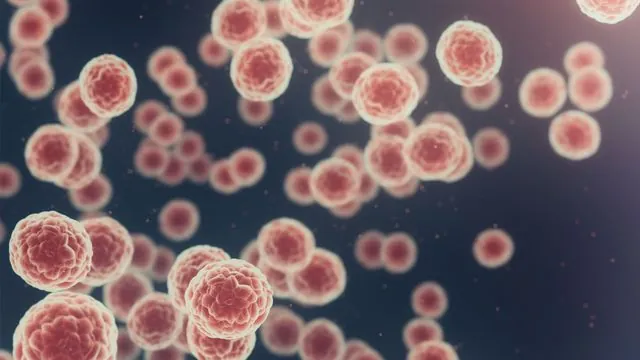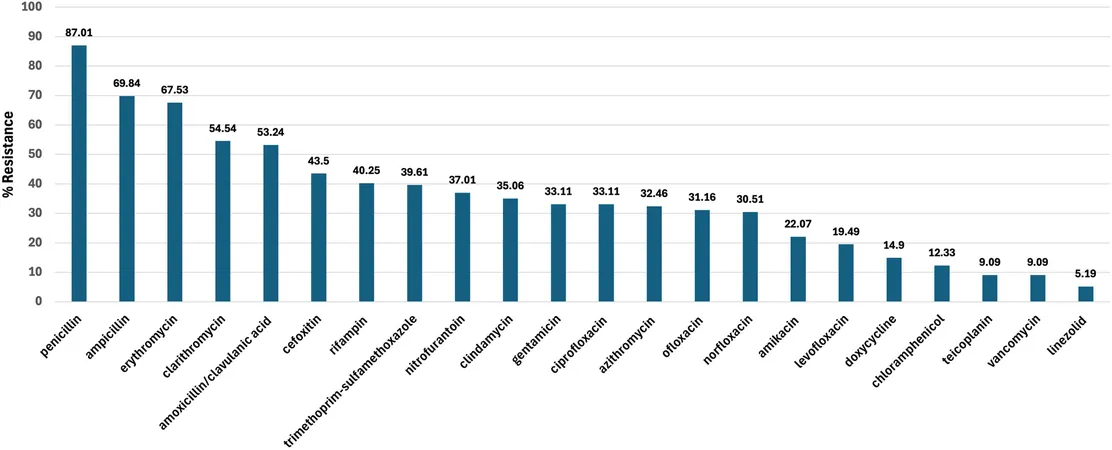
Revolutionary Breakthrough: Measuring Boron in Single Cancer Cells Could Change Drug Discovery Forever!
2025-09-10
Author: Rajesh
In a groundbreaking development, researchers have successfully measured boron in individual cancer cells for the very first time, a discovery that promises to transform our understanding of how drugs target and eliminate tumors.
A team from the University of Birmingham, supported by the Rosetrees Trust, has published their findings in the *Journal of Analytical Atomic Spectrometry*. They employed a cutting-edge technique known as single-cell ICP-MS to track the real-time movement of boron within live tumor cells. This revolutionary method allows scientists to see how and when drug treatments for head and neck cancers penetrate and exit cancer cells.
Boron Neutron Capture Therapy (BNCT) is an innovative treatment approach for head and neck cancer that uses a boron-rich drug. This drug accumulates within tumor cells, which are then exposed to neutron irradiation. When the neutrons interact with boron, they selectively destroy the cancer cells. However, the effectiveness of BNCT hinges on whether sufficient boron is absorbed by the cancer cells and remains there long enough for the treatment to take effect.
Thanks to this new measurement technique, researchers now have the tools to optimize the delivery of BNCT, making it a more precise treatment option for patients battling head and neck cancers.
Dr. James Coverdale from the University of Birmingham's School of Pharmacy emphasized the significance of these findings, stating, "Prior to this, measuring the average boron absorption in large groups of cells overlooked critical differences among individual cells. Our single-cell analysis highlights this variability, which is crucial since cancer treatment success often depends on these subtle distinctions."
Dr. Coverdale continued, "This is the first direct evidence showing how much boron resides in individual tumor cells and the duration of its presence. Such insights could guide optimal timing for neutron irradiation post-drug administration. Furthermore, by mapping the pathways that facilitate boron entry into cells, we can inform the design of more effective drugs that target tumors.
One of the major hurdles was creating an environment where the cancer cells could remain viable long enough for accurate measurement, while also being compatible with the sensitive equipment used in these analyses. The team meticulously calibrated the culture medium and the introduction method of the cancer cells, as any deterioration would jeopardize data collection.
Jack Finch, a co-first author of the study, highlighted the importance of this breakthrough: "This method is essential for evaluating future BNCT drugs and will play a key role in identifying the most effective treatments. Ultimately, our findings pave the way for enhancing BNCT into a precision-focused and exceptionally effective cancer therapy."
According to Cancer Research UK, head and neck cancer is the 8th most prevalent cancer in the UK, accounting for 3% of all new cases recorded between 2017-2019. This exciting advancement could usher in a new era for cancer treatment, offering hope to countless patients.



 Brasil (PT)
Brasil (PT)
 Canada (EN)
Canada (EN)
 Chile (ES)
Chile (ES)
 Česko (CS)
Česko (CS)
 대한민국 (KO)
대한민국 (KO)
 España (ES)
España (ES)
 France (FR)
France (FR)
 Hong Kong (EN)
Hong Kong (EN)
 Italia (IT)
Italia (IT)
 日本 (JA)
日本 (JA)
 Magyarország (HU)
Magyarország (HU)
 Norge (NO)
Norge (NO)
 Polska (PL)
Polska (PL)
 Schweiz (DE)
Schweiz (DE)
 Singapore (EN)
Singapore (EN)
 Sverige (SV)
Sverige (SV)
 Suomi (FI)
Suomi (FI)
 Türkiye (TR)
Türkiye (TR)
 الإمارات العربية المتحدة (AR)
الإمارات العربية المتحدة (AR)